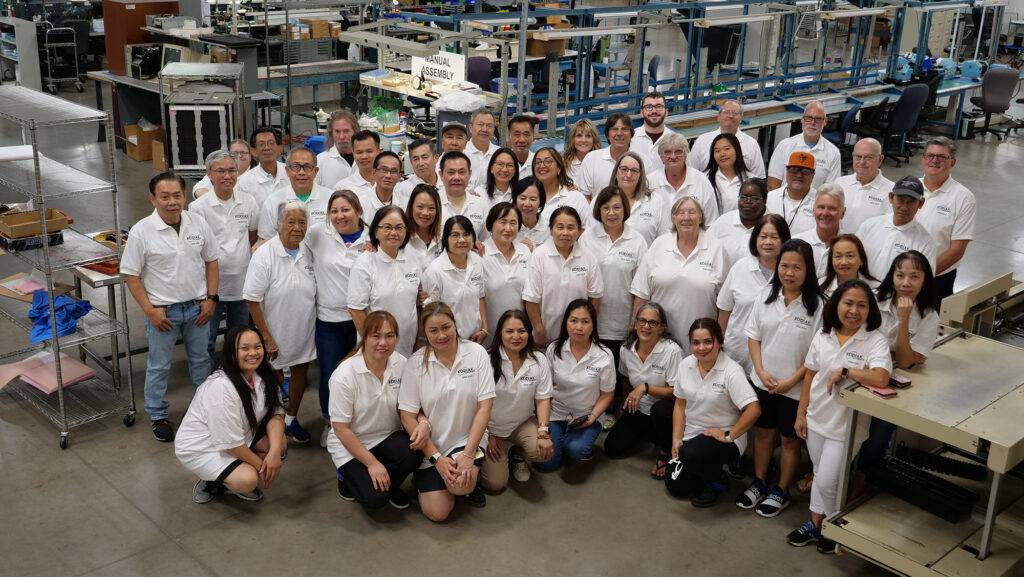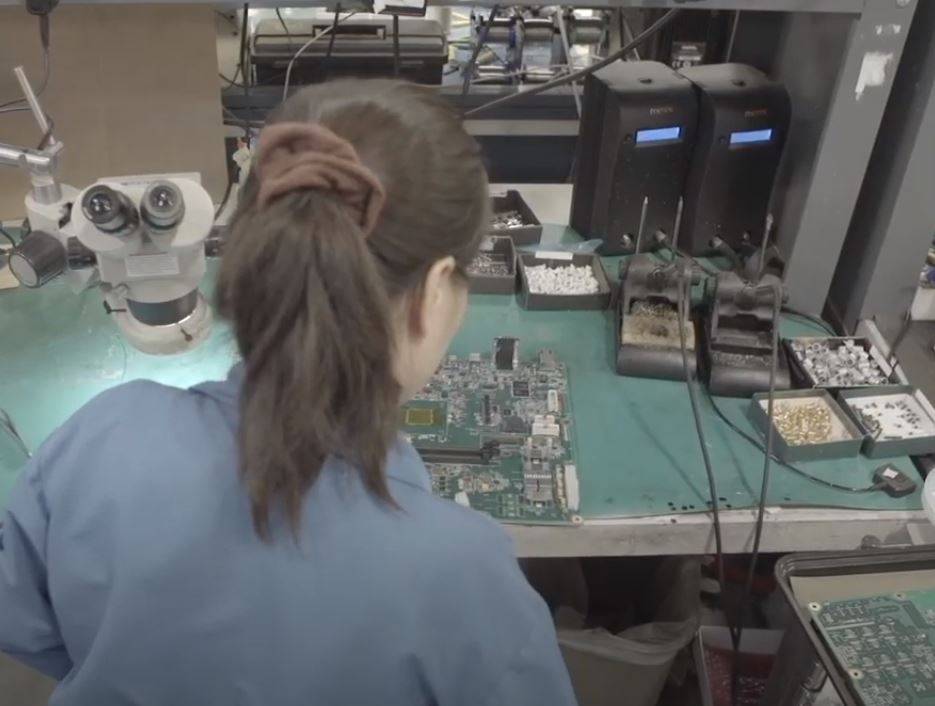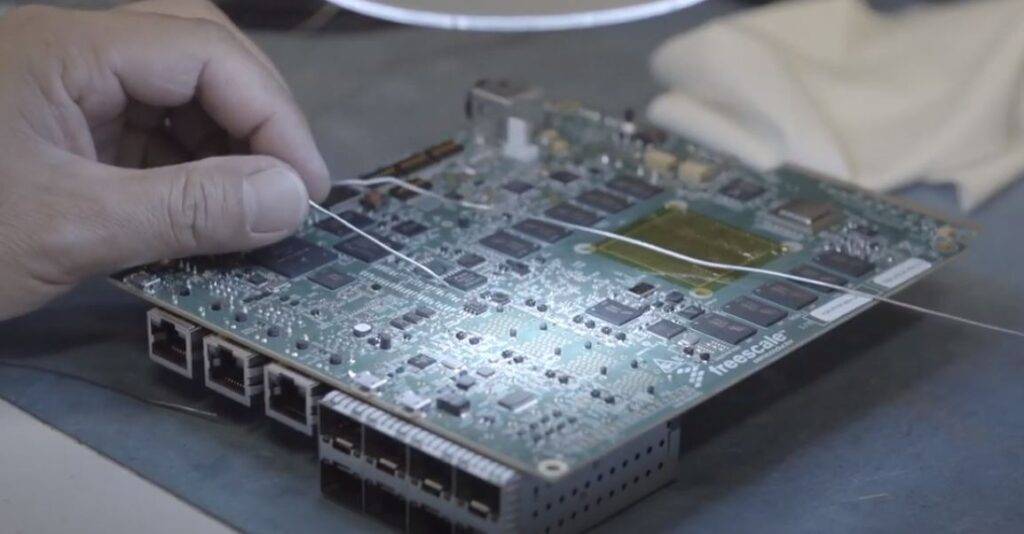The Passive Component Shortage: Demand and the Impact on Industries

When you hear about the passive component shortage, your most immediate logical thought might resort to conclude that increased demand has caused a buying panic, which resulted in the ongoing shortage. However, the shortage is less of a result of “panic buying” and is more so a result of a sharp shift in the demand for technology-integrated products.
With the ongoing component shortage affecting many manufacturers and countless industries, we’ve previously discussed the particular components at the forefront of the component shortage, but here we’re going to discuss who the component shortage affects and why it’s happening at all.
Which components are included in the shortage? What are they used for?
Though the passive component shortage sounds like a blanketed shortage on every electronic component in existence, it’s actually surrounding several passive components that have grown in demand within the last few years. Passive components are the main components used in electronics – resistors, inductors, capacitors, and transformers which together are required to build just about every electrical or electronic circuit. This tipping point in technology combined with competition between large companies has driven the following components to short supply.
Thick and Thin Film Chip Resistors
Thick- and thin-film chip resistors are one of the most common types of resistors in the component market. They’re found in nearly any device with an AC plug or battery. Thick film resistors increased in popularity around the 1970’s and most surface mount device resistors made today are made up of thick film chip resistors. Thin film resistors, on the other hand, are the preferred material for all microwave passive and active power components including microwave power resistors, microwave power terminations, microwave resistive power dividers and microwave power attenuators. Because both types are ever-increasing in demand within the electronics marketplace, the lead times extended as far as 52 weeks, updated late last year.
NAND
NAND flash memory is used for storage on a wide range of electronics, such as smartphones, laptops, and desktop computers, to name a few. Due to the migration shift from 2D to 3D, the increased demand for flash memory has caused industrywide NAND shortages and industry interruptions.
DRAM & SRAM
Dynamic random-access memory and static random-access memory are both included in the shortage list. For DRAM, we’ve previously explored how it’s used often in digital electronics where low-cost, high-capacity memory is required, most notably in computers and graphics cards. The technology migration and the shift in flash from 2D to an increase in 3D technology is driving a shortage in SSDs and in flash memory, which puts more pressure on these mature technologies, such as DRAM.
DIMM Modules
DIMM modules – a component relative to DRAM & SRAM – is a dual in-line memory module that contains one (or several) random-access memory chips on a small circuit board, with pins that connect it to the computer motherboard. They’re designed for use in personal computers, workstations, and servers. Increased reliance and drive toward using cloud technology has skyrocketed demand for server production – even though DIMM modules for servers remain in short supply.
Where does the demand stem?
While we can’t say that the current component shortage is a result of panic buying, it is a direct result of increased demand for technology and products that require these parts and also a variety of factors, including: production capacity, supply chain disruptions, obsolescence, and technology migration, which can (and has) contributed to some product scarcity.
For instance, the ever-increasing demand and reliance on advancements in technology leave a short, unstable supply of parts. The demand for products that affect the component shortage include wireless charging devices, significant increases in demand for passive devices from segments of industrial control, LED lighting products, power supplies and transformers, and the growing applications to the automotive electronics sector.
Think about this: in the last few years, have you noticed great advancements in driving features included in new car models? New advancements in many areas of technology – very specifically the automotive industry where new driving features rely on the integration of the Internet of Things and far advanced technology take hold and become commonplace.
Other innovative products in recent years that affect the component supply include the iPhone X, Roku – which uses NAND memory chips for its signature hardware and because of tight supply, was forced to spend more money on expensive air shipping instead of ocean freight, instances such as this significantly affect margin.
Which industries, in particular, does this effect?
The continuous advancement and implementation of new technology into everyday products to stay relevant in the increasingly competitive market have driven this surge in demand. Although the component shortage affects countless industries and companies, three industries, in particular, seem to be affected most by the continuing passive component shortage. These include the automotive industry, the market for mobile devices, and several industrial markets.
Even with many manufacturers increasing capacity, tight supplies are expected to last well into mid-2018 or longer. If you’re an impact planner within a company, it’s advised that you shouldn’t wait to place orders. The best thing is to get ahead of demand and not attempt to ‘wait it out.’ If you have questions about component lead times and placing orders, contact your manufacturing partner sooner, rather than later.
Kodiak Assembly Solutions has developed manufacturing and assembly solutions with our customers’ business goals in mind. Our experience lies in our experienced team, our state-of-the-art machines, clean facility, and our quality-centered processes. If you’re concerned with growing lead times for many electronic components, it’s important to contact us and place your orders before lead times grow too long. Contact us today to learn more about our assembly and manufacturing solutions.



